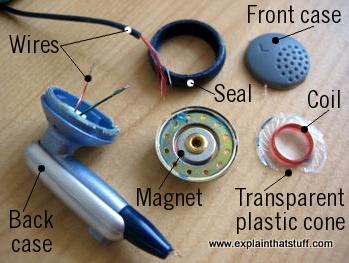Well, first of all, do you need a simple square wave or a sine wave driving for the exciters ?
Most likely, square waves. Both are probably possible, don't think it matters too much for us.
Second, do you need also an amplitude control for the strenght of the vibrations ?
Yes we need to be able to control amplitude for the strength of the vibration.
Sorry, not for put my nose in your business, but for what is needed all this ?
No worries! At this point we are trying to replicate the findings that a scientific paper has published in the area of human augmentation on the ability of humans to understand language through vibrational patterns. We are a group of students (still looking for an electrical engineer as you might imagine) from Eindhoven University (Netherlands). So research purposes, but we hope to go further into research in human augmentation  Also, if it would be of any issue for people, there is no 'profit' linked to any of this, its just research because we are invested in the topic and wanna push the research field further. The paper in question
Also, if it would be of any issue for people, there is no 'profit' linked to any of this, its just research because we are invested in the topic and wanna push the research field further. The paper in question
So why go through this trouble when there is research? There prototype consisted of an 1100 multichannel amplifier which is big and chunky. We are trying to get a prototype which is wearable and transportable. Hope this helps to clarify.
By the way, have you also considered what is the power (as mechanical strenght) of the vibrations you need to apply ? ... are those speakers strong enough ?
As we are replicating the findings of a paper, we are currently not worrying about the strength of the speakers.
Those transducers drop off in frequency response below 200, at least the few I looked at.
See response above. As we are replicating a paper, the exciters possibilities should be fine.
What audio power do you need to deliver?
Not exactly sure? Also not completely sure what you mean? The paper specified a range of -32dB to -45dB relative to the maximum output of the exciters if that helps you? Think the max of those exciters is like 4W.
3 states, 60Hz, 300Hz and 0Hz?
Coming back on this, yes for this prototype this would be enough. However, if we can come up with a possibility which would allow us to scale into more complicated stuff in the future that would be greatly preferred. Preferably we would be able to just control 24 exciters separately on all options. We would also not care too much on bigger parts etc too much. We could research later on how to make everything as small as possible. We are now prioritizing just building a good prototype on this.
Huge thanks for helping out in any way. I also see now that my initial question was inherently vague and you guys have already helped me a lot by just asking the right questions!
![]()

